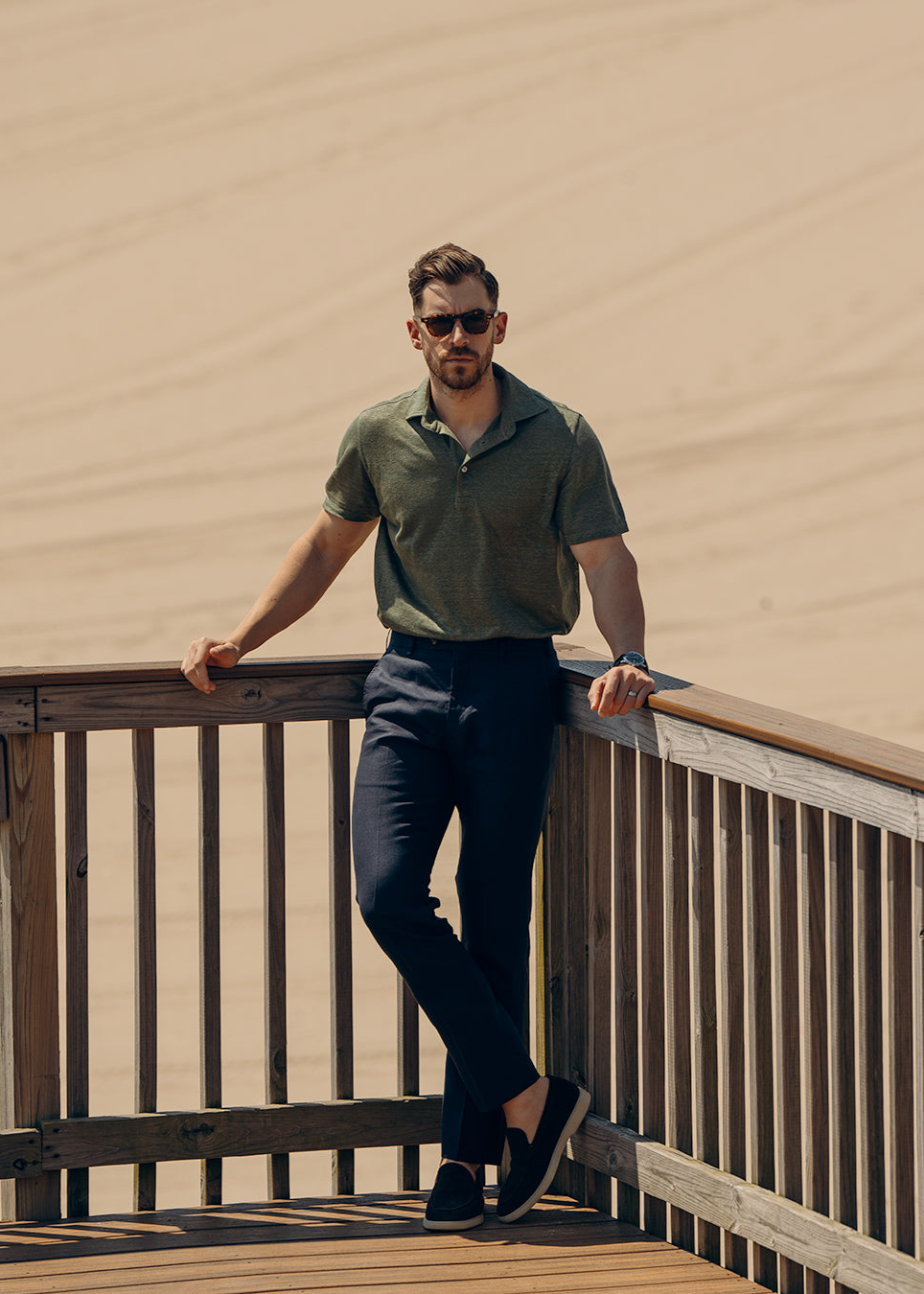What's black, white, and red, all over? A nun that falling down stairs. But you know what else is black, white, and red all over? A black, white, and red flannel shirt.

And coincidentally, (or not), we'll be talking about flannel shirts today. Though, we're going to restrict our discussion to true flannel shirts. In other words, we're excluding the ones that resemble the patterns found on flannel shirts. And though we're tempted to jump right back to the 16th century, when flannel, as we know it, was first introduced, we will take a minute to remind you what flannel is.
So, as a quick refresher: flannel is a fabric and a soft woven one at that. While originally made from wool or worsted, it is now made from cotton, synthetic fibers, or wool. And though we likely associate terms like “soft” with flannel, flannel also comes in unbrushed forms, which give it a more rough texture than we're used to. However, flannel is more commonly brushed (literally a process in which a fine metal brush rubs fabric) and comes in soft varieties. And finally, flannel is often used to make shirts, blankets, sleepwear, and other such clothing and accessories.

But enough about what flannel is, Let's get back to where it comes from and that discussion begins with a visit back to the 16th century. In the 16th century, the Welsh utilized a fabric similar to flannel quite often. But it wasn't until the 19th century that flannel production took off, with the spread of carding mills, which prepped the wool (necessary for making flannel) for spinning. The reason for the growth of the two in tandem, is that these carding mills mechanized the production of woolen cloth, allowing it to be produced at scale, quite quickly.
The fabric increased in popularity thanks to this automated process and flannel's reach would only increase in the late 19th century when Hamilton Carhartt, an American entrepreneur, brought the fabric to America. Recognizing the need for a heavy duty, durable fabric, particularly given the rapid expansion of industrial manual labor jobs in the U.S., Carhatt interviewed factory workers around the U.S. to determine their tolerance and demand for a fabric like flannel. Shortly after, he designed and manufactured an overall garment which proved popular among the working class and followed it up with the iconic flannel shirt.
Flannel continued to broaden its appeal in the 20th century and though it evolved, namely in the types of fabrics from which it was made, flannel stayed fairy true to its roots and became associated not only with the outdoor worker, but also, the ideal, industrious, American man.
Soon after, brands like Ralph Lauren, LL Bean, and the like began producing flannel shirts and in the late 1980s and early 1990s, flannel was a staple of grunge band frontmen all over the country. These singers particularly enjoyed the aura associated with the shirt, including its working class roots.
And though flannel remains a staple in fashion designer's fall/winter collections, as well as in men's closets all over the world, its popularity has waned, albeit only a bit, from the heydays of the 1980s and 1990s.



